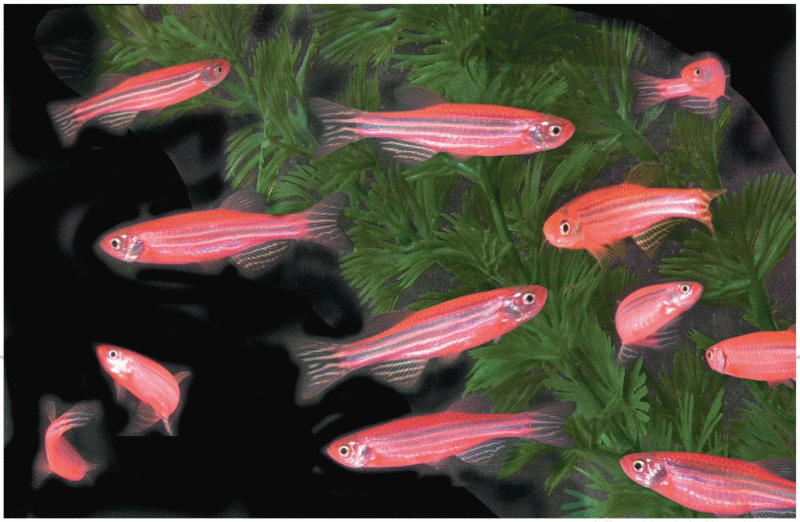Answer to Question 1
Genetic factors may contribute to some sex differences in personality, cognitive abilities, and social behavior. Corrine Hutt, for example, suspected that several of the developmental disorders more commonly seen among boys may be X-linked recessive traits (e.g., Fragile X Syndrome, muscular dystrophy, and hemophilia). Furthermore, timing of puberty, a biological variable regulated in part by our genotypes, has a slight effect on visual/spatial performances. Both boys and girls who mature late tend to outperform early maturers of their own sex on some visual/spatial tasks, allegedly because slow maturation promotes increasing specialization of the brain's right hemisphere, which serves spatial functions. However, later research indicates that the spatial performances of both boys and girls are more heavily influenced by their previous involvement in spatial activities and their self-concepts than by the timing of puberty. Specifically, it appears that having a strong masculine self-concept and ample experience with spatial toys and activities fosters the growth of spatial skills in both boys and girls, whereas having restricted spatial experiences and a feminine self-concept seems to inhibit spatial abilities.
How closely are our masculine and feminine self-concepts related to the genes that we have inherited? Results from several behavioral genetics studies of adolescent twins suggest that genotype accounts for about 50 percent of the differences in people's masculine self-concepts but only 0 to 20 percent of the differences in their feminine self-concepts (review Chapter 3 for details on behavioral genetics studies). So even though genes determine our biological sex and may have some influence on the outcome of gender typing, it appears that at least half the differences in people's masculine and feminine self-concepts is attributable to environmental influences.
Answer to Question 2
A







